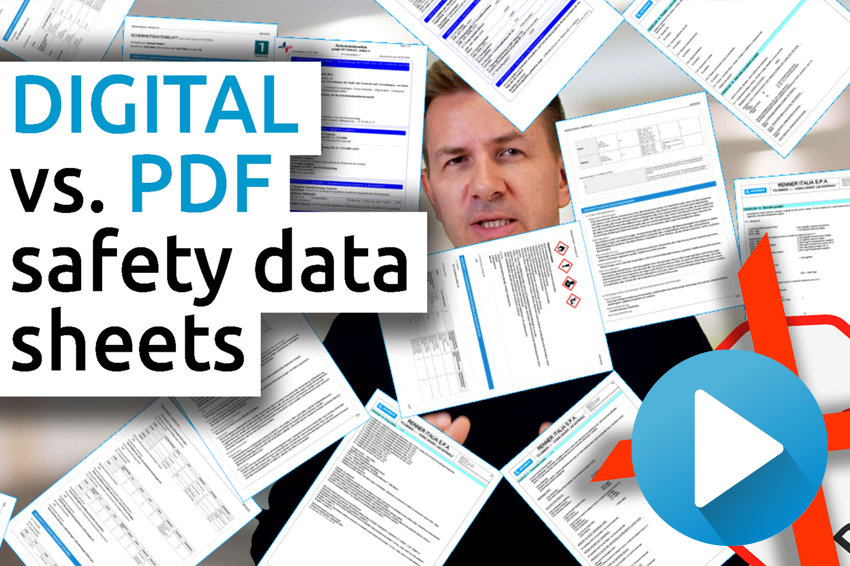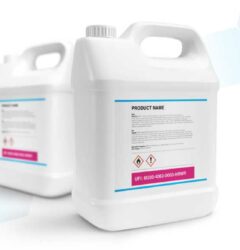10 Feb

“…contribute to two sustainable development goals – CLIMATE ACTION and GOOD HEALTH AND WELL-BEING…”
What are safety data sheets?
Safety data sheets have been a well-accepted and effective method for the PROVISION OF INFORMATION to recipients of substances and mixtures.
How is the information provided through the supply chain?
Suppliers create safety data sheets and send them to their customers. When a safety data sheet is updated, it’s again sent to all customers – since it’s required by regulations. Typically, safety data sheets are provided to customers in PDF files.
Digital safety data sheets
Unlike PDF safety data sheets which are primarily documents, DIGITAL safety data sheets are first and foremost structured DATA related to a particular chemical product. It’s product data.
You can use and combine this DATA in numerous ways. For example, you can build a safety data sheet, a label, safety instructions, a mobile safety data sheet, and other documents with this data. In addition, if you have data on multiple (chemical) products, you can combine it and build awesome dashboards and reports.
How does a DIGITAL safety data sheet compare to an old-fashioned PDF document?
When you receive a safety data sheet or a number of safety data sheets from your supplier, you only get safety data sheets of a specific version in a specific language, created or updated on a specific date—one document per product. And we know that documents are not the best AND CERTAINLY not the most efficient way to transfer or exchange information.
To summarize:
DIGITAL safety data sheets are beyond ordinary safety data sheets. They are not documents but data that you can leverage to automate and improve many business processes – like chemical management, occupational health&safety, transport of dangerous goods, R&D, and even sales and marketing.



Bojan Buinac